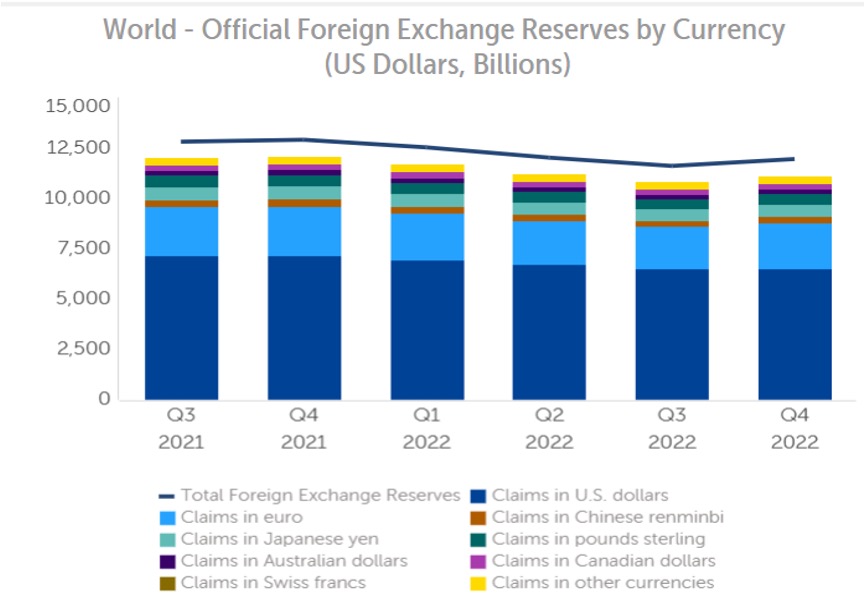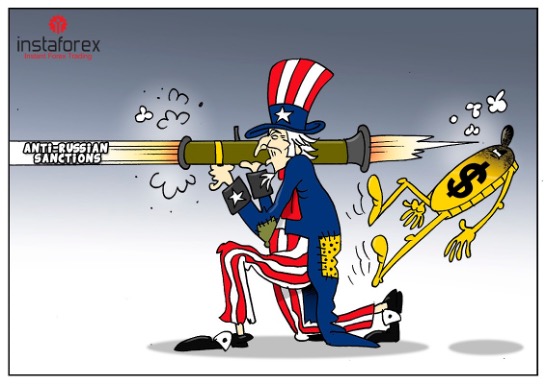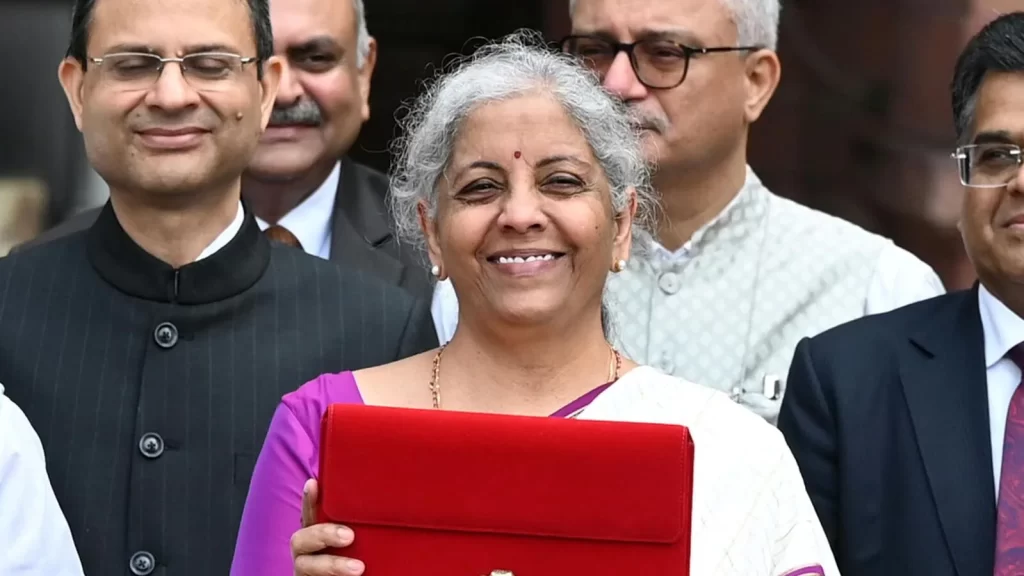On June 1 2023, a meeting of BRICS Ministers of Foreign Affairs and International Relations and a day after, the Friends of BRICS meeting was held in Cape Town, South Africa, that later in the month of August will also host 15th BRICS Summit in Johannesburg. They had discussions on various pressing global and regional issues, which includes inter alia, use of local currencies in international trade and financial transactions between BRICS as well as their trading partners. It was not for the first time that discussions were held around this issue.
From the beginning BRICS has given importance to reformed international financial institutions, strong, stable and more diversified international monetary system, relative stability of major global reserve currencies and local currency trade settlement arrangement. These themes are covered consistently in every joint summit declaration of annual BRICS summit since 2009. It has consistently reformed the global financial system and diversified global currency structure. It has also set up a few bodies to reduce its members’ dependence on World Bank and IMF, because of lack of reform in these institutions. The bodies established are New Development Bank (NDB) and Contingent Reserve arrangement (CRA), agreement on the New Development Bank positions the NDB as a development finance intermediary that uses local currencies to mobilise capital in international markets and provides financing for its members. NDB is regarded as BRICS own World Bank and CRA as BRICS own IMF because it creates the foundation for an effective protection of national economies from a crisis in the financial market in the words of Putin, the Treaty for the establishment of BRICS CRA, positions it as a framework for the provision of support through liquidity and precautionary instruments in response to actual or potential short-term balance of payments pressures, with an initial total committed resource of $100 billion.
In 2020 BRICS, jointly issued Strategy for BRICS Economic Partnership 2025, which identified and reiterated several priority areas of partnership in finance directly related to de-dollarization, including: to promote the use of local currencies in mutual payments, to strengthen BRICS cooperation on payments systems, to collaborate on the development of new financial technologies, to advance the CRA mechanism, to continue cooperation on establishing the BRICS Local Currency Bond Fund, and to continue to facilitate the NDB in development financing while expanding the use of local currencies. Moreover, the collective effort to establish BRICS Cryptocurrency and the BRICS Pay which is a common contactless system for retail payments and transactions between its members is being continued. BRICS is also mobilising its efforts of de-dollarization in other non-western multilateral institutions- SOC, ASEAN, SAARC, EEU etc, at same time expanding its membership. It has already achieved a lot in revolutionising existing financial system through financial cooperation from its members.
At sub-BRICS level, members have further reduced their dependence on the US dollar by promoting use of local currencies in international trade. Russia and China have worked remarkably in regards to this, with both of them settling their cross-border transactions in Yuan (renminbi). Also, they introduced a new Russia-China payment system, bypassing SWIFT by combining the Russian SPFS (System for Transfer of Financial Messages) with the Chinese CIPS (Cross-Border Interbank Payment System). Previous year, China launched yuan oil futures, a renminbi-denominated oil futures contract, on the Shanghai International Energy Exchange, following the 2018 BRICS Summit and entered into an agreement with Egypt in which later will issue Yuan denominated bonds worth $500. In addition, many countries are now accepting renminbi for instance Brazil, Argentina, Saudi Arabia etc. Thus, China is internationalising its currency aggressively. India is not behind, to facilitate international trade in rupees, the Reserve Bank of India developed system of vostro nostro accounts, especially for settlement of payments in rupees for trade between India and Russia. India is also in talks with Saudi Arabia, Luxembourg, Tajikistan for trade settlement in INR. Other than this India’s neighbouring countries Sri Lanka, Myanmar, Bangladesh, Nepal have also shown interest in rupee-based trade settlement. In the past India has also formed task forces to draw up a list of countries with which India can trade in rupee. Moreover, RBI has launched CBDC pilot in both wholesale and retail segment last year, after China launched its CBDC. All in all, India along with other BRICS nations are trying to reduce its dependence on dollars with special focus on local currency usage.
India has not explicitly supported BRICS mobilisation to dethrone US dollars as USA treats India as an important ally in the Indo-Pacific region and an important strategic partner. In addition to that, the thorny relations of India with China, after military standoffs in northeast regions have strongly prevented India. It doesn’t mean that India is happy with dollar dominance, it is actively trying to reduce dollar dominance by promoting use of INR in international transactions, which is necessary also because China’s current policy. India has also taken the lead in promoting BRICS financial cooperation and building BRICS financial institutions.
The graph below depicts that the US Dollar’s composition in official foreign exchange reserves of countries have fallen since 1999. The fall of the dollar is not accompanied by an increase in share of pound sterling, euro, yen but that of renminbi by one quarter and other small local currencies by three quarters.
The World Gold Council reported that gold purchases by central banks in 2022 were the highest for 50 years, with largest named buyers being Turkey, Uzbekistan, India, Qatar and Egypt. ACU (Asian Clearing Union) was recently in news for its plans to launch a new cross-border financial messaging system as an alternative to the SWIFT system. Iran, which currently chairs this body and is also excluded from SWIFT network, its economy minister Ehsan Khandouzi recently said that less than 10% of Iran’s international trade was now conducted using the dollar. Argentina and Brazil are in talks with each other for a long time, to create a currency union after the eurozone, with sur as its common currency unit, that might be more politically motivated than de-dollarization motivated. Nonetheless these developments indicate that not only BRICS nations but other countries around the globe are reducing their dependence on Dollars and settling trades in their national currency with increasing gold reserves and reducing dollars.

The graph below again shows that there is a fall in the US Dollar as a component of official foreign exchange reserves in four quarters of FY2022.

According to the latest Bank for International Settlements Triennial Survey (2019), data given below in table, the Chinese renminbi was the 8th most actively traded currency, ranking just after the Swiss franc. It reached 4.3 percent of total global turnover in 2019, a significant rise compared with 0.1 percent in 2004. The Indian rupee was the second most traded BRICS currency, in 16th position worldwide and accounting for 1.7 percent of global trade. The Russian rubble, Brazilian real, and South African rand were in 17th, 20th and 33rd position, respectively

New currencies are growing into power which is highlighted in the above table. Therefore, there is a surge in use of local currencies with growing dominance, weakening and instability of US Dollars. And recent developments such as Silicon Valley bankruptcy, sanctions on Russia, Iran and other nations, that USA has used as a weapon from early time, now boomeranged, revision of debt ceiling for seventy-eighth time since 1960, high inflation and interest rate due to quantitative easing and stimulus packages, have all accelerated de dollarization and local currency usage.

Written by – Anadi Jain
Edited by – Labdhi Shah




